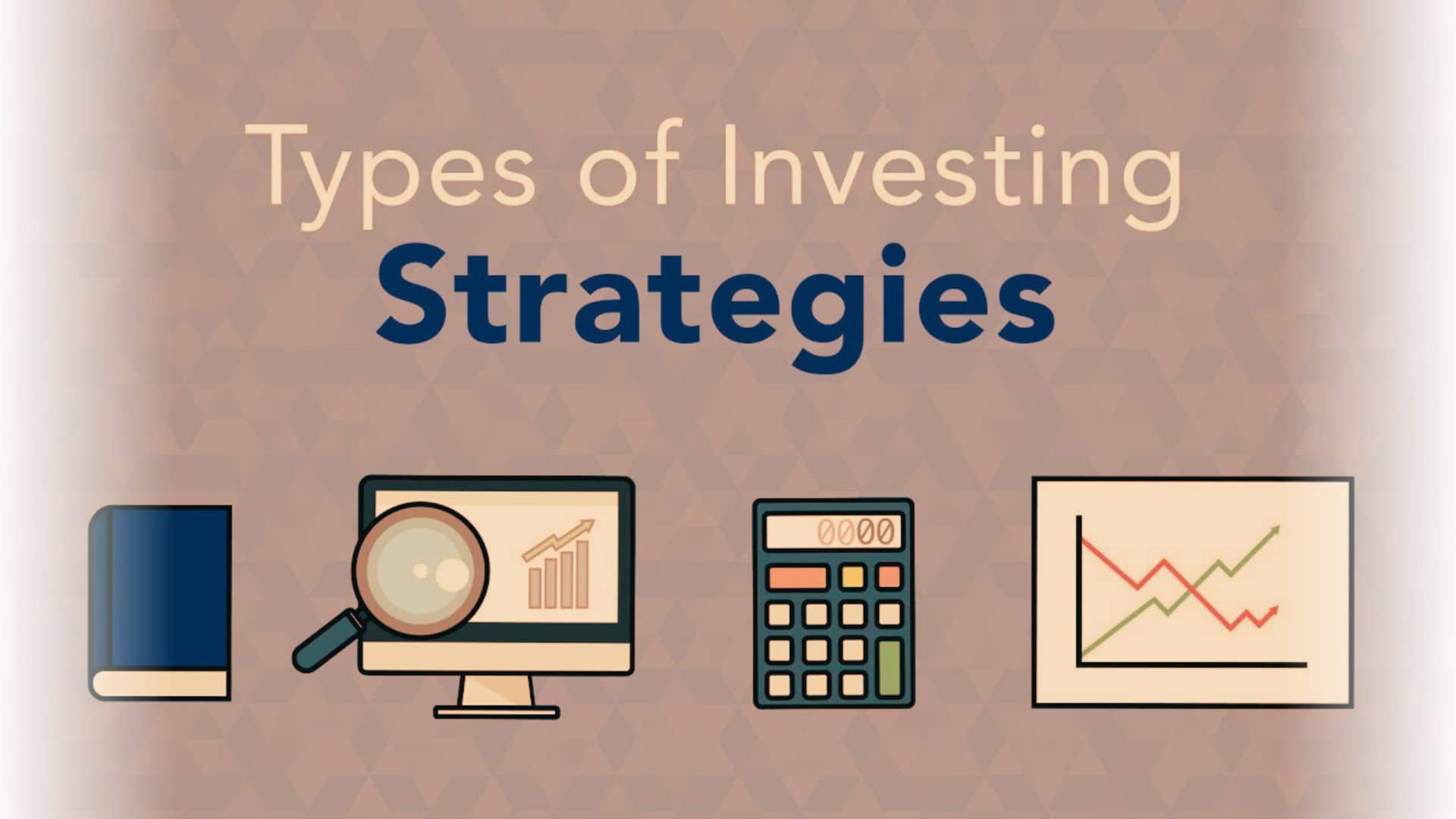Market timing involves trying to predict the direction of the stock market or individual stocks and making investment decisions based on those predictions. Time in the market, on the other hand, refers to staying invested for a long period and riding out short-term market fluctuations.
Research has shown that consistently timing the market is extremely difficult, if not impossible. It requires accurately predicting both when to get in and when to get out of investments, which even professional investors struggle to do consistently.
Instead of trying to time the market, it’s generally more effective to stay invested over the long term. By staying in the market through ups and downs, you have a higher chance of capturing overall positive returns and benefiting from compounding.
The discussion between timing the market and time in the market revolves around whether investors should attempt to forecast short-term market movements or concentrate on remaining invested for the long haul. Even though timing the market might seem appealing, trying to anticipate highs and lows is notoriously tricky and can lead to expensive blunders.
Instead of this, it is better to adopt a long-term investment strategy which allows you ride through all market waves while gaining from its historical upward trend as opposed to trying beat it at different times.
Risk management
Risk management is an indispensable element of successful investing since no investment comes without some level of risk. Asset allocation is one common method used for managing risks; it involves spreading investments across diverse asset classes according to risk tolerance & investment objectives.
Other strategies include setting stop-loss orders so as not to lose much money when things go wrong diversifying into lowly correlated investments or hedging against specific risks using derivatives and other financial instruments.
Sector Investing
Sector investing entails selecting particular industries or sectors within an economy that are expected by investors to perform better than wider markets. This allows them capitalize on trends/ opportunities within such areas as technology; healthcare; consumer staples etcetera…
Nevertheless sector investing may be riskier than diversification across many sectors due its exposure towards potential volatility as well cyclicality inherent in individual businesses within those industries.
Alternative Investments
Alternative investments comprise various options beyond stocks and bonds e.g., real estate, commodities, hedge funds, private equity and cryptocurrencies among others.
While these alternatives may offer diversification benefits plus higher returns vis-à-vis traditional assets, they also attract higher fees alongside less liquidity coupled with increased complexity thus requiring thorough assessment based on risks versus rewards before fitting them into broader investment plan
FAQs.
What is diversification and why should I care about it when investing?
Diversification refers to spreading your capital among different types of assets like stocks; bonds; real estate (property); cash equivalents such as Treasury bills. Its primary goal is lowering risk exposure while maximizing returns since not all investments will move in the same direction at any given time.
What are the differences between long-term and short-term investment strategies, and how do I decide which one to use?
Long-term investment strategy involves holding onto investments for extended periods so as build wealth over time whereas short term tactics seek capitalize on quick gains from within limited market windows. Choice between them hinges upon financial goals; risk appetite and investment horizon among other considerations.
Value investing is a long-term strategy that focuses on buying undervalued stocks with potential for price appreciation over time. A stock is considered undervalued if it trades below its intrinsic value, which can be determined by analyzing fundamental factors such as earnings growth, dividends paid out etcetera…
Growth investing or “capital appreciation” concentrates mainly on companies whose revenues are increasing rapidly as this will likely result into higher profits thereby boosting their share prices eventually too regardless of whether they may seem expensive currently based on traditional valuation measures like P/E ratios etcetera… Key principles include looking for businesses having innovative products/services being sold into new markets where demand could rise sharply over coming years; strong competitive advantages which protect against entry by rivals who might erode margins through price competition alone without necessarily offering superior quality etcetera…
Income investing aims generate steady stream of income from investments usually through dividends paid out by companies listed on stock exchange plus interest earned from bonds issued by governments, municipalities or corporations etc.. Investors can achieve this by purchasing dividend paying shares i.e., those whose current yield exceeds local benchmark rate like 10-year Treasury note yield; corporate bonds yielding above average coupon rates compared against similar rated peers nationally etc..
Why should I invest in index funds and how do they compare to actively managed funds?
Some things that are offered by index funds include low charges diversification as well as little turnover. Over time, this makes them outperform active management due to their passivity and reduced costs.
Should I try to time the market, or is it better to focus on staying invested for the long term?
Timing the market is notoriously difficult and can be very costly. Rather than doing this you should stay invested over long periods of time so that you can ride out any fluctuations which will allow you benefit from history’s upward trend in the markets.
What are some effective risk management techniques I can use to protect my investments?
There are several ways you could manage risk such as; setting stop-loss orders, hedging against specific risks using derivatives or other financial instruments, diversifying across investments with low correlation and asset allocation.
How can I invest in specific sectors or industries, and what are the potential risks and rewards?
You could either invest through sector-specific exchange-traded funds (ETFs) or buy individual stocks if you want exposure towards certain industries/sectors. The main advantage is being able to profit from trends within these areas but there may be increased volatility when compared with broader indexes along with cyclical downturns.
What are alternative investments, and how can they diversify my investment portfolio?
These are basically anything that isn’t a stock/bond such as real estate commodities hedge funds etc.. Alternative investments offer more diversification potential than traditional assets like stocks ETFs mutual funds because their returns tend not move together hence reducing overall risk; however this comes at higher costs less liquidity greater complexity.
Conclusion
Investment strategies help build wealth and achieve financial goals. Diversification over time value investing different approaches for beginners etcetera creating well thought out portfolios informed by these methods is key towards achieving success in all aspects of one’s life including money matters!




